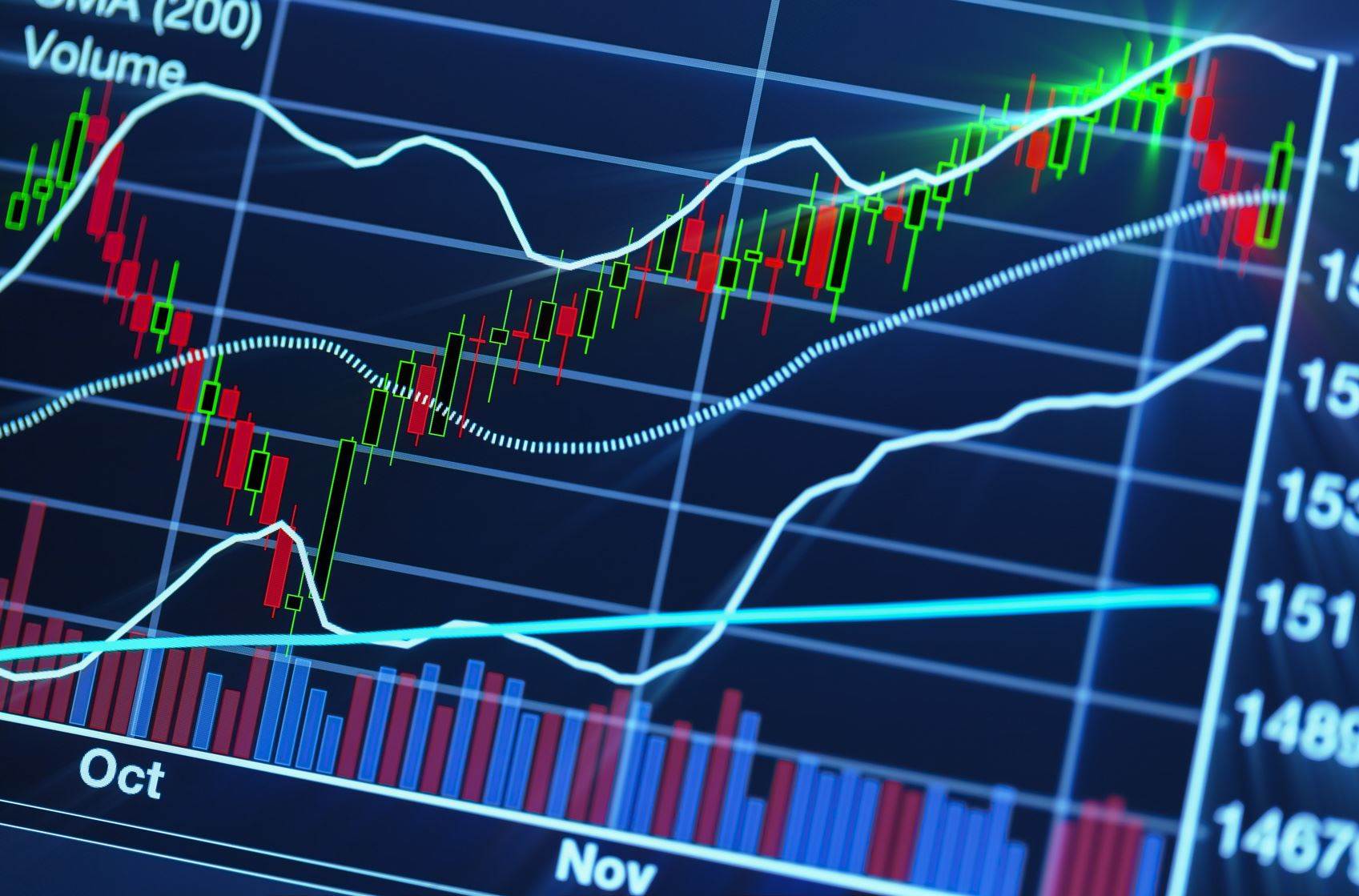Holdings turnover in the basic sense is how often the manager buys and sells the underlying stocks in a fund. Why might this be important you ask, well an actively managed fund could end up costing you more in expenses as it takes more to manage an actively managed fund. Conversely, if the fund is passively managed and the holdings turnover is low, that could indicate a less expensive expense ratio, saving you money in the long run.

The benefits to knowing the holding turnover is first, you know how volatile the fund could potentially be, as buying and selling dose as volatility to the fund. When people are long term investing, they may not want to see the constant buying and selling because it may not match their investing philosophy our goal. Secondly, higher turnover typically means higher expense ratio because there is team involved in researching the next holdings and that takes time and energy.
There are no real disadvantages to holdings turnover expect higher expenses, because it could be the goal of the fund to try to find the next big thing and invest in it. When looking at the holdings turnover, it should be noted in your research because you want your investments to follow your current investing strategy. If you are a passive investor, you may not want a fund that has high holdings turnover.
When looking at products that have holdings turn over, focus on mutual funds and ETF’s, as these are the products that have underlying holdings that support the product being purchased. Of course they may be others out there, but these are the primary products affected. Pick apart the product and understand what is inside, because you may find that it is one sided and is heavily invested into one market sector, when that may not be the best situation.
Gather as many data points as you can when completing your research, as this will give you the best chance as success. Always feel free to reach out to an investing community and bounce your ideas off of them, as you will get real time feedback. If that doesn’t work, reach out to an investing professional and they can help to point you in the right direction.
Building efficient market-beating portfolios requires time, education, and a lot of computing power!
The Portfolio Architect is an AI-driven system that provides multiple benefits to our users by leveraging cutting-edge machine learning algorithms, statistical analysis, and predictive modeling to automate the process of asset selection and portfolio construction, saving time and reducing human error for individual and institutional investors.
Try AI Portfolio ArchitectEditorial Staff
Nathan Young is a Senior Member of Macroaxis Editorial Board - US Equity Analysis. With years of experience in the financial sector, Nathan brings a diverse base of knowledge. Specifically, he has in-depth understanding of application of technical and fundamental analysis across different equity instruments. Utilizing SEC filings and technical indicators, Nathan provides a reputable analysis of companies trading in the United States.
View Profile This story should be regarded as informational only and should not be considered a solicitation to sell or buy any financial products. Macroaxis does not express any opinion as to the present or future value of any investments referred to in this post. This post may not be reproduced without the consent of Macroaxis LLC. Please refer to our
Terms of Use for any information regarding our disclosure principles.
Would you like to provide feedback on the content of this article?
You can get in touch with us directly or send us a quick note via email to
editors@macroaxis.com